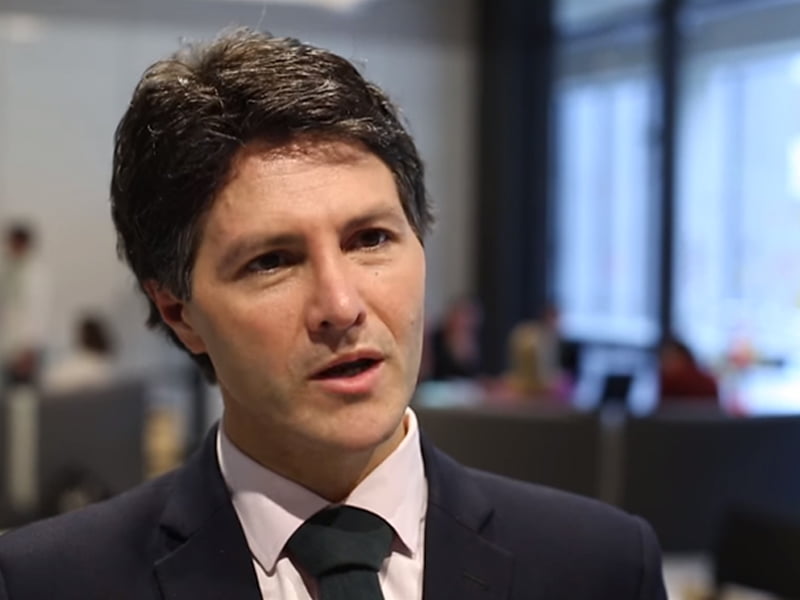The NSW government is on track to have four million MyServiceNSW active online account holders by next year, improving the state’s case for evolving it from a handy way to streamline vehicle registration and license renewals into a full-service digital identity.
NSW Chief Information and Digital Officer Greg Wells said that while it was a rapidly changing space, the MyServiceNSW was certain to play a central role in whichever digital identity strategy that the state chose to pursue.
Mr Wells told InnovationAus.com that with an estimated 3.6 million account holders already on its books and its digital driving license expected to attract even more, the MyServiceNSW already had the momentum to justify its expansion for use in a broad range of mainstream consumer identity verification transactions such as in banking and loans.

“In terms of authorisation, identification and other APIs, we’re looking to develop all of these components in ServiceNSW. In the future, based on the work we’re doing at the moment, there’s the potential to look at those sorts of things,” Mr Wells said.
“The way we approach it is that we’re prototyping and developing these ideas out program-by-program as we work through each customer journey,” he said.
Mr Wells declined to comment on detail on which transactions that ServiceNSW may soon encompass other than to say that the government was targeting certain “high priority citizen interactions” that could be amenable to the MyServiceNSW approach.
However, Mr Wells believes that the fate of ServiceNSW’ digital identity strategy now rests less in the hands of security software designers than it does in the hands of legislators.
“The keys questions are not really around the technology. The other part you have to understand is the for each of these (service) scenarios there is also policy work we need to do to understand how we approach it and what the legislative framework is for each of these processes we go through,” he said.
“That’s why we need to go through each one of these design processes quite carefully to make sure that we’re doing everything correctly,” he said.
And there were as many policy areas to be addressed as there were services that could be collapsed within the remit of the service ServiceNSW digital identity strategy, he explained.
While the ServiceNSW digital identity strategy is pushing ahead at full steam, others seem to be struggling to make headway. A cloud has appeared over the future of Australia Post’s Digital iD with sources telling InnovationAus.com that funding and staffing resources have been diverted away from the project under the leadership of its new Chief Executive Officer, Christine Holgate.
Australia Post said that the resourcing changes were due to the platform’s advanced stage of development.
However, InnovationAus.com understands that the logistics giant has approached private sector stakeholders for co-funding arrangements, but abandoned them for fear of jeopardising its partnership with the federal government Digital Transformation Agency’s to integrate Digital iD with GovPass.
The DTA’s digital identity strategy also appear to be slowing. Its reach spans a respectable number of federal services and agencies, including the ATO, Centrelink, Veteran’s Affairs, Medicare, NDIS, Child Support, My Health Record and a number of related social welfare services.
However, Paul Shetler, who ran the DTA — in its former guise as the DTO — after being handpicked by former Prime Minister Malcolm Turnbull until he quit in 2016, told that InnovationAus.com the agency was still a long way from reaching its original digital identity ambitions.
“The plans we had would have been rolled out by now so, I don’t know what they’re doing. They’ve changed their plans, they’ve given different pieces of it to different agencies, it’s entirely unclear how it all hangs together and how it’s going to be delivered,” Mr Shetler said.
Mr Wells wasn’t prepared to reveal the extent of private interest in the ServiceNSW digital identity model.
However, in a positive sign for the prospects of a federated digital model, he said that NSW and the DTA were working together to ensure strong symmetry between their approaches to digital identity.
“I think conceptually we’re really aligned and we’re collaborating very closely,” he said.
Do you know more? Contact James Riley via Email.

